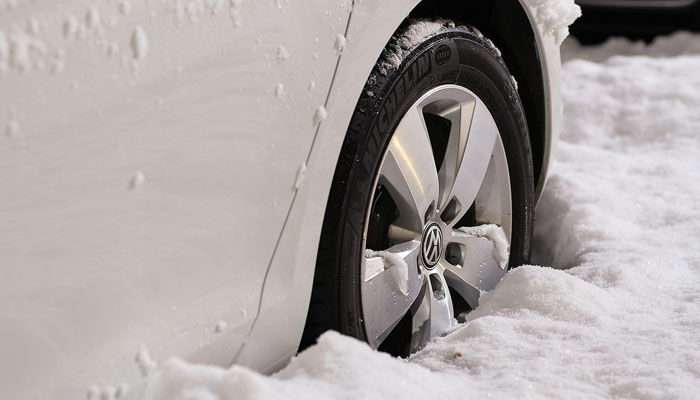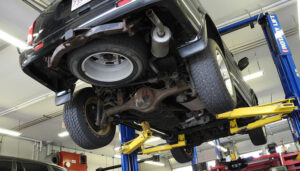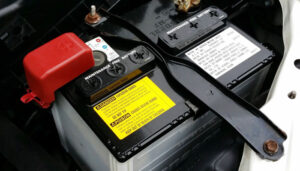It is only natural for any driver to panic when they see any warning lights illuminating on their dashboard. After all, they are a crucial feature that helps you recognize if there is something wrong with your vehicle. In the late 90’s, the tire pressure monitor light became an increasingly popular feature in luxury cars. However, these days, almost all new vehicles sold in many countries have it as a standard. It is not uncommon to see this feature included in the specs of Japanese car sales ads.
If your car has a Tire Pressure Monitor System (TPMS), it is likely that you’ll see the warning light illuminating when the temperature drastically drops. This happens when the pressure in your tires drops a few PSI below the recommended values. Don’t worry too much though. In most cases, the tire pressure warning light illuminating only means that at this time of the year, you need more air in your tires. Aside from learning how to reset your Check Engine light, you should also know how to deal with your TPMS light.
Why Does my Tire Pressure Change When the Temperature Drops?
For every 10 degrees Fahrenheit of air temperature drop outside, the pressure in your tires will decrease for about 1 PSI. Likewise, it will increase by 1 PSI when the temperature outside rises by 10 degrees Fahrenheit. Let’s say that you just came off the road or you adjusted the tire pressure during the day. We can relate the tire pressure to 90 degrees Fahrenheit. Considering that we’re coming out of fall and into the winter season, the temperature may drop by 40 degrees overnight. That said, your tire pressure may drop by 5 PSI, triggering your TPMS light to illuminate.
What Should I Do Next?
If you notice your tire pressure warning light blinking, then the immediate thing to do is check or adjust the air in your tires. You can visit a local gas station or bring your vehicle to your trusted mechanic. In most cases, you won’t be charged for adjusting your tire’s air pressure.
You should also remember to tell your mechanic that the tire pressure light was on when it got colder. Since the tires will start to warm up, it is possible for the pressure to rise when you drive to the car service center. The same thing can happen when you park your vehicle under the afternoon sun. However, if not addressed properly, the problem might cause premature wear on your tires. In most cases, the TPMS light will switch off once you inflate your tires properly.
How to Prevent the TPMS Light from Illuminating
There are some things you can do to keep the tire pressure light from illuminating in the first place. You can try overinflating your tires by 2 or 3 PSI. For example, if your tires’ recommended PSI is 32, inflate them for up to 35 PSI. However, do note that overinflating your tires can cause them to wear a little faster. Moreover, your driving experience will be a bit rougher. However, the difference can be unnoticeable.
The other option is that instead of using regular old air, use nitrogen when inflating your tires. Compared to normal air, nitrogen does not contract or expand as readily. Moreover, there won’t be water vapor inside the tire because the nitrogen machine will dry the gas. It is worth noting that the water vapor is what causes the significant drop in tire pressure. There are shops that offer nitrogen inflation when they install new tires. So, it would be ideal to ask your service center if they have this option available.
Have you tried our quick fixes and tips for your tire pressure?
Share your experience in the comments below!



